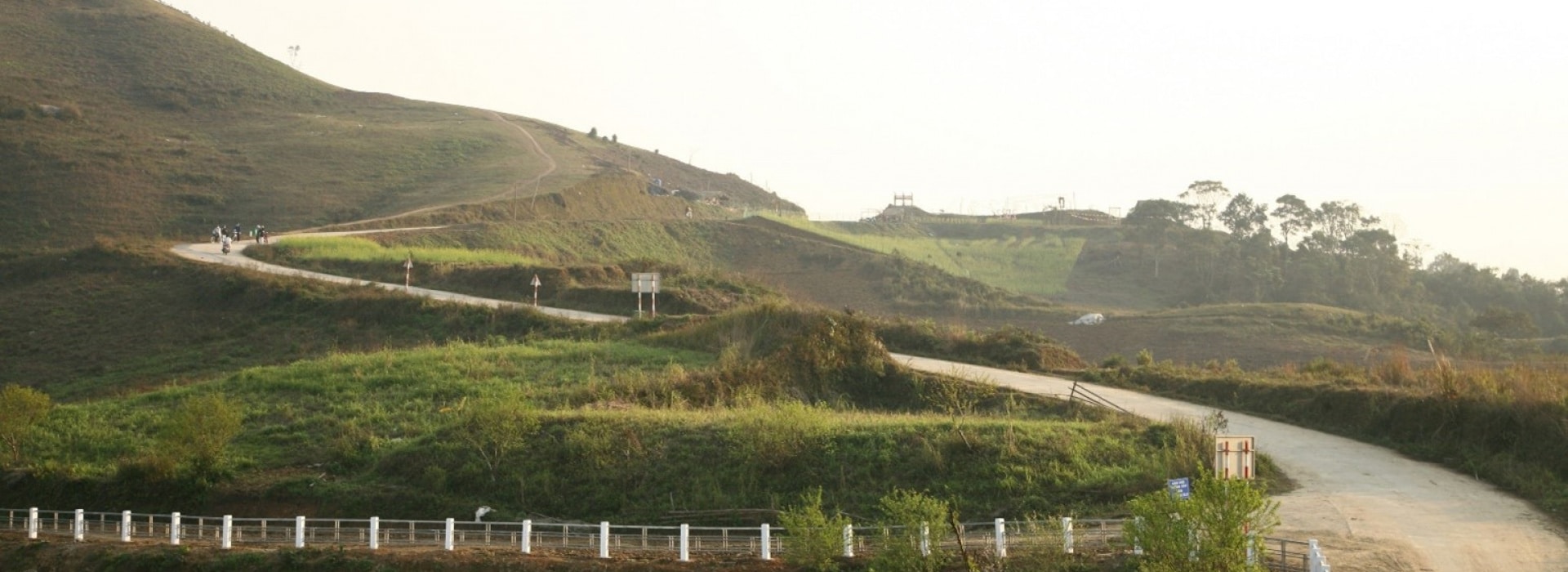Vietnam’s dramatic agricultural transformation: Discussion on CGIAR’s role
-
From
Independent Advisory and Evaluation Service
-
Published on
15.06.22

Vietnam has undergone a structural transformation of its economy in the past few decades, with agriculture’s share of GDP falling from around 40% in 1990 to 16.3% in 2016. This pattern is consistent with Vietnam’s rise as a middle-income country, with the country’s GDP per capita increasing by a factor of 3.6 in the twenty years between 2002 and 2021. In tandem with this remarkable economic development, agricultural productivity has also risen, and a series of economic liberalization reforms have resulted in Vietnam becoming a major exporter of rice, coffee, aquaculture products (e.g. pangasius, shrimp), and starch (processed from cassava) among other products. Agriculture remains an important backbone of the Vietnamese economy with millions of people employed in the sector, and Vietnam has remained a high-priority country for CGIAR researchers throughout this period.
On 6th June 2022, SPIA led a consultation meeting on data collection on CGIAR-related innovations in Hanoi, co-hosted by the Vietnam’s Institute of Policy and Strategy for Agriculture and Rural Development (IPSARD) and IRRI. We were warmly welcomed by our colleagues at CGIAR centers, as well as representatives of the General Statistics Office (GSO), the Ministry of Agriculture and Rural Development (MARD), and different research institutions in Vietnam. Officials from MARD highlighted CGIAR contributions to a range of different fields including rice, cassava, potato, forestry, livestock, aquaculture, food systems, and environment management. We were very fortunate to also have the former Minister of Agriculture and Rural Development, Dr Cao Duc Phat (2004 – 2016), and his Vice-Minister Dr Bui Ba Bong who spoke of the many times they received advice on specific agricultural policy issues from CGIAR researchers during their tenure.
